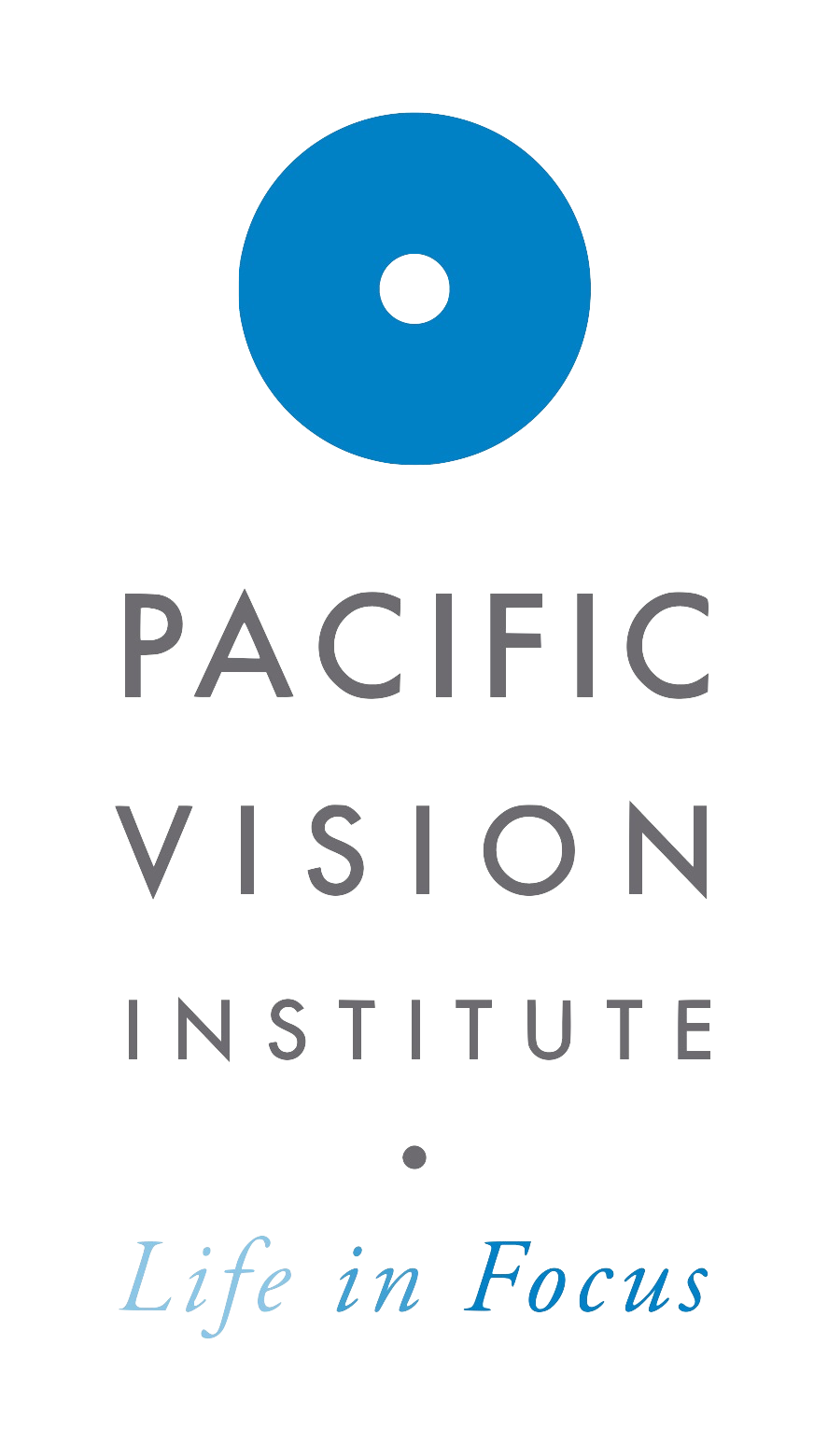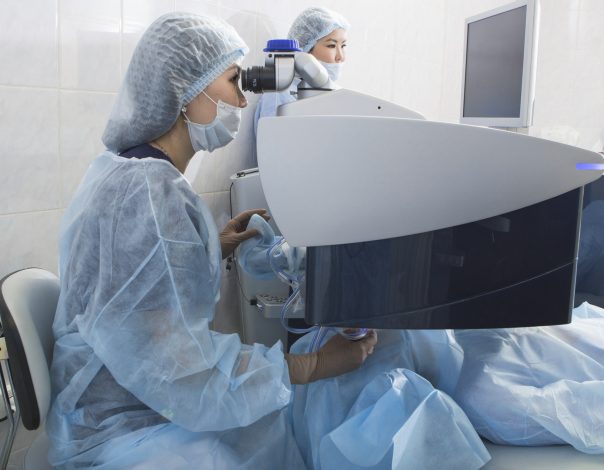PRK vs PTK: Understanding Which is Right for You
At Pacific Vision Institute, excellence in advanced vision correction is more than our mission—it’s our legacy. Under the leadership of acclaimed refractive surgeon Dr. Ella Faktorovich, our San Francisco practice has earned a reputation for delivering custom vision solutions through the most advanced surgical techniques available today.
As part of our commitment to empowering patients through education, we’re often asked about the differences between PRK (Photorefractive Keratectomy) and PTK (Phototherapeutic Keratectomy). Both are laser-based procedures, but they serve distinct purposes and are designed to treat different vision needs. Read on to discover how PRK and PTK compare, and which option may be the best fit for your eye health and goals.
What Is PRK?
PRK, or Photorefractive Keratectomy, is one of the earliest forms of laser vision correction and remains a reliable alternative to LASIK, particularly for patients with thinner corneas or certain lifestyle considerations. PRK works by reshaping the cornea using an excimer laser after the removal of the corneal epithelium. Over time, the epithelium naturally regenerates, and visual acuity improves.
PRK is typically used to correct:
- Myopia (nearsightedness)
- Hyperopia (farsightedness)
- Astigmatism
What Is PTK?
PTK, or Phototherapeutic Keratectomy, is also performed with an excimer laser but is primarily a therapeutic—not refractive—procedure. Rather than correcting vision through reshaping for focus, PTK removes corneal opacities or irregularities that arise from eye disease, injury, or surgical complications.
PTK is often used to treat:
- Corneal scars
- Recurrent corneal erosions
- Corneal dystrophies
- Superficial corneal irregularities
Key Differences Between PRK and PTK
| Feature | PRK (Photorefractive Keratectomy) | PTK (Phototherapeutic Keratectomy) |
| Primary Purpose | Vision correction (refractive procedure) | Treatment of corneal disease or surface irregularities |
| Ideal Candidates | Patients with myopia, hyperopia, or astigmatism who are not LASIK candidates | Patients with corneal scars, erosions, or dystrophies |
| Treatment Goal | Improve unaided visual acuity | Improve corneal clarity and comfort |
| Expected Outcome | Reduced dependence on glasses or contacts | Relief from symptoms; may or may not improve vision |
What to Expect from Each Procedure
Recovery from PRK and PTK is comparable, with most patients experiencing mild discomfort, blurred vision, and light sensitivity during the initial days post-surgery. In both procedures, a protective contact lens is placed on the eye to assist in healing. Full visual recovery may take days to weeks depending on individual healing patterns and the condition being treated.
At Pacific Vision Institute, our team uses the latest diagnostic technology to precisely evaluate corneal thickness, shape, and overall health to determine the best course of treatment. Whether you’re a candidate for PRK or require PTK for therapeutic reasons, you’ll receive care from an elite team with a record of innovation and safety.
Leading the Way in Laser Eye Care
Dr. Ella Faktorovich and the Pacific Vision Institute team have pioneered many of the techniques used in modern refractive and therapeutic eye care. With a dedication to research, clinical excellence, and custom-tailored outcomes, we remain the choice of countless eye doctors, surgeons, and professionals across industries.
If you’re exploring vision correction or treatment for a corneal condition, trust your eyes to the experts at Pacific Vision Institute. Schedule your consultation today to take the first step toward clearer, healthier vision.

